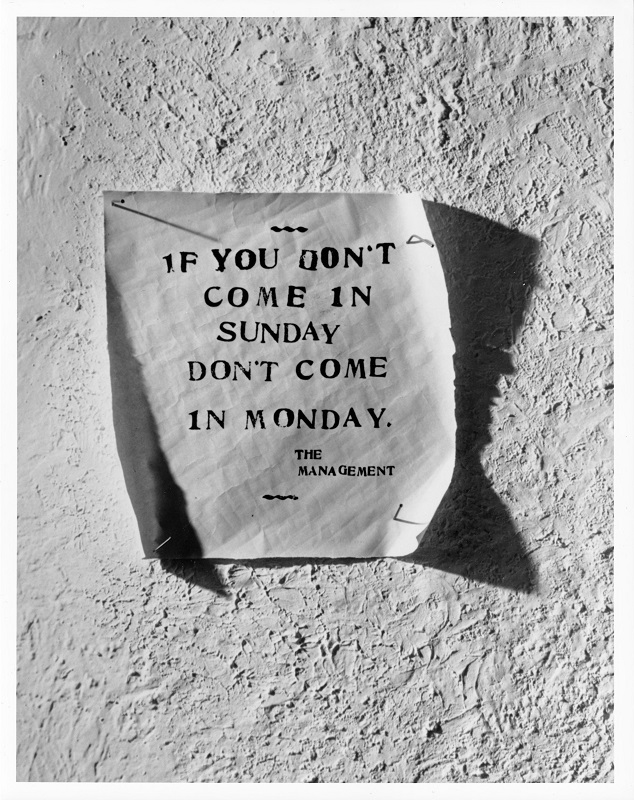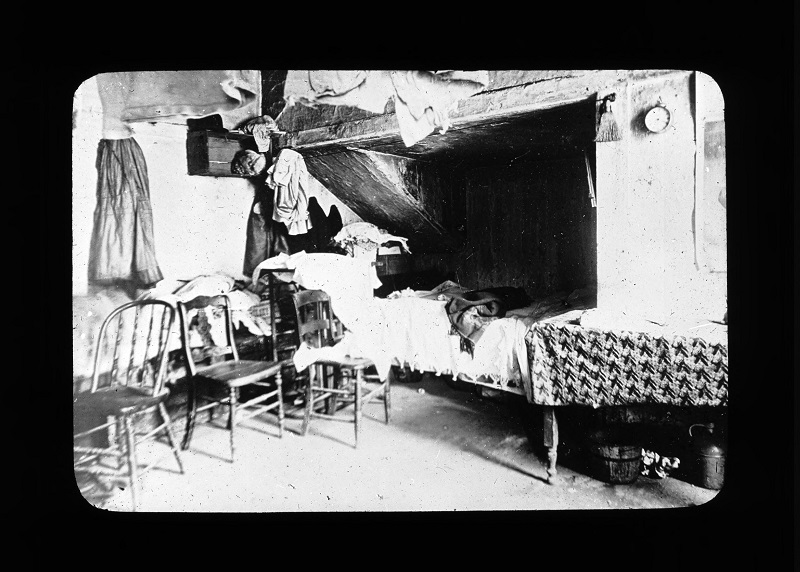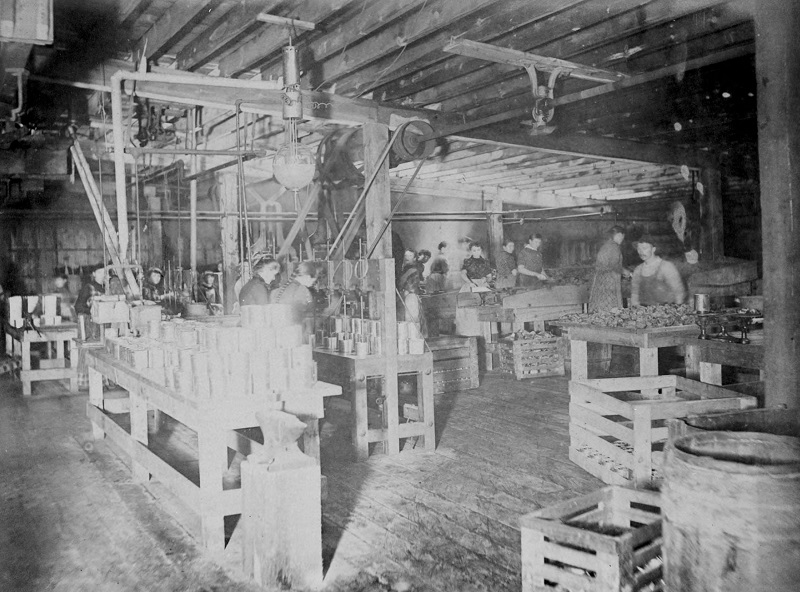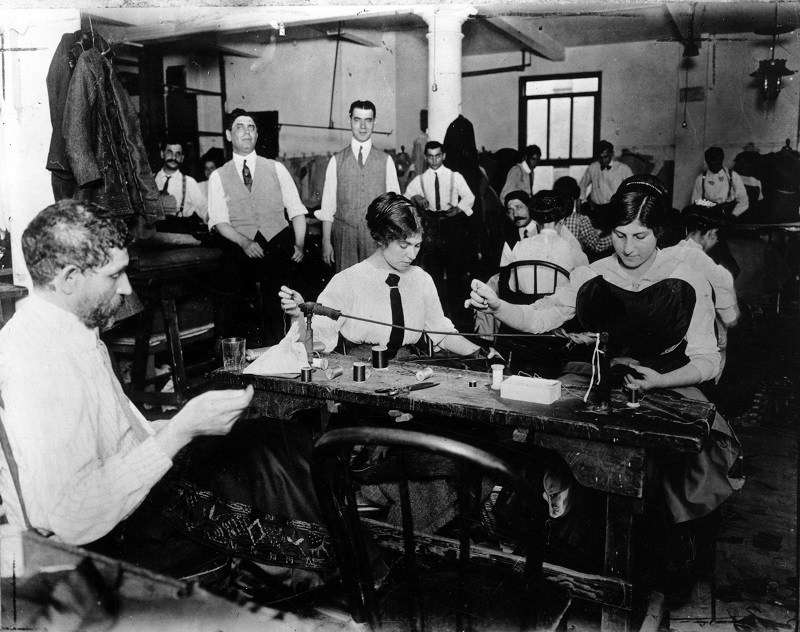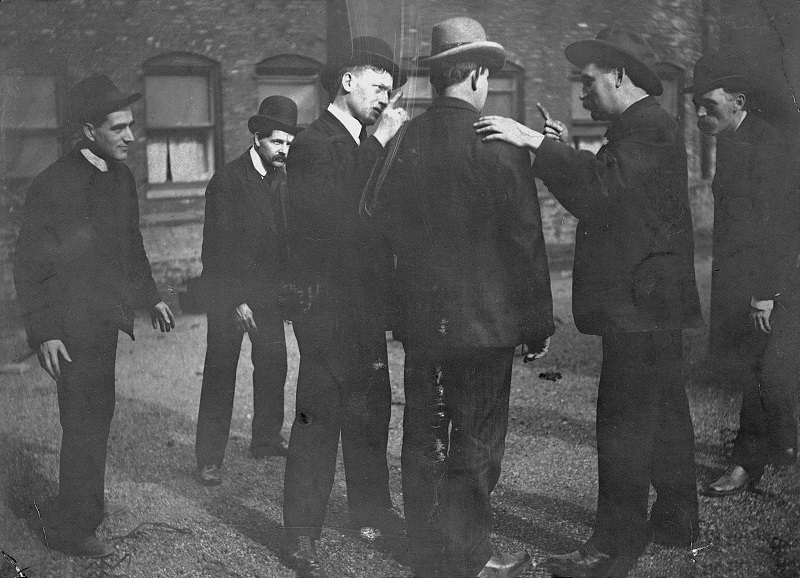
Powers, Johnny
Chicago alderman Johnny Powers was born February 15, 1852 in Brannon, Kilkenny, Ireland. As an Irish immigrant, he was able to gain control of Chicago’s predominantly Irish 19th Ward as a Democratic Party boss from 1888-1927. His involvement in the “Alderman’s Wars” of 1916-1921 made famous his nickname, Johnny “De Pow” Powers. As Italian immigrants flooded the West side’s 19th Ward, Anthony D’Andrea and his supporters mounted a bloody campaign to unseat Powers. From D’Andrea’s first aldermanic defeat in 1916 to his last in 1921, the violent allies of each alderman killed each other at an astonishing pace (30 deaths were reported in 5 years) until D’Andrea’s assassination in May of 1921, at which time it became clear that Powers reigned triumphant in the 19th Ward, despite his corruption and tolerance of crime.
Anthony D’Andrea was not the only one to challenge Powers’ rule—Jane Addams also fought his backroom dealings, bribery and cronyism. As the director of Hull House, situated in the 19th Ward and an advocate of social reform, Addams strove for proper public educational facilities to house the 3,000 children who could not attend the ward’s overcrowded schools. When a petition campaign that she had spearheaded obtained thousands of signatures, the area school board approved the construction of a new school. Powers, who had close ties to the Catholic Church, killed funds for the project and, in accordance with the ward’s Catholic priests, supported the construction of a new parochial school. Powers’ support of the Catholic parishes led to a Catholic condemnation of Hull House, an establishment which Catholic leaders saw as an encroachment of their parishes.
Addams also accused Powers of not truly caring about his constituents, and used the issue of garbage collection as an example. The position of ward garbage collector was a coveted one, since it was a stepping stone to higher political office. Powers’ appointees then were chosen because of their loyalty to him and the Democratic Party, rather than their commitment to their work. As a result, the streets of the 19th Ward were filthy. Her push for more, better public schools, her non-denominational social reform at Hull House and her opposition to Johnny “De Pow” Powers got Jane Addams branded “anti-Catholic” and strengthened Powers religious support network. Addams realized that the voters continued to re-elect Powers because of what he represented to them, a “rags to riches” story of an immigrant turned successful political boss, instead of what he did for them. Johnny Powers died May 19, 1930, in Chicago. Historically, it is perhaps his role as Addams’ political nemesis for which Johnny Powers is best known.
Next: Hempstead Washburne
Sources:
- http://www.encyclopedia.chicagohistory.org/browse/bioshell.html?bioP&PowersJohnny
- Sifakis, Carl. The Encyclopedia of American Crime. New York: Facts on File Inc., 2005, as cited by http://en.wikipedia.org/wiki/Aldermen%27s_Wars
- http://www.iep.utm.edu/a/addamsj.htm
- http://www.encyclopedia.chicagohistory.org/browse/bioshell.html?bioP&PowersJohnny
- http://www.encyclopedia.chicagohistory.org/pages/987.html
